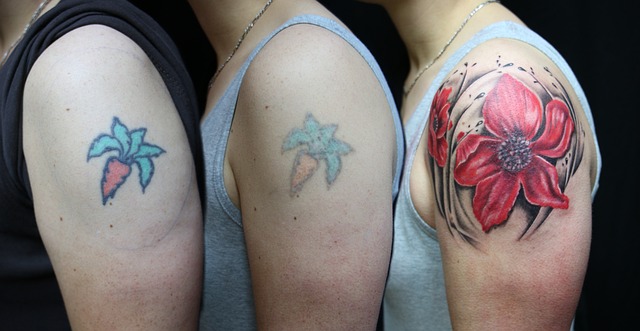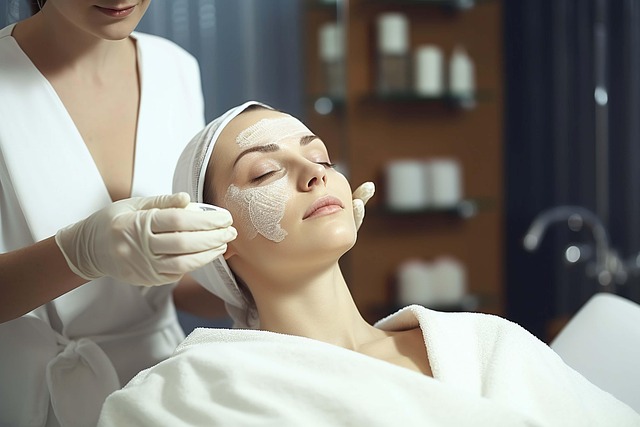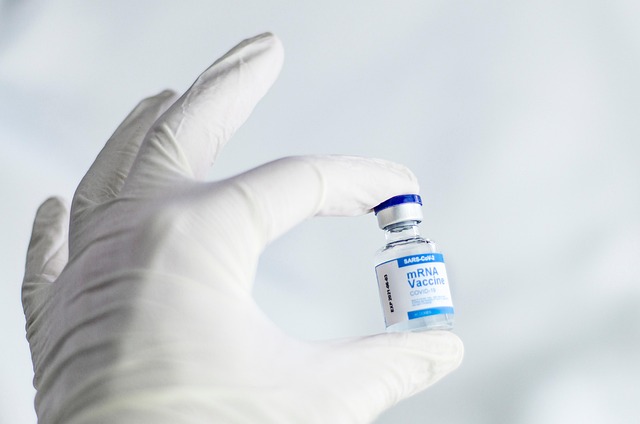Laser wart removal treatment is a series of non-invasive sessions using high-intensity lasers to target and destroy warts while preserving healthy skin. This procedure, offered by specialized clinics across the UK, typically requires 2-4 weekly sessions. Post-treatment, redness and swelling are common but mild, allowing patients to quickly resume normal activities. Proper preparation, including medical history sharing and pre-treatment instructions, ensures effective results with minimal downtime. After several sessions, most people experience complete wart removal within a few weeks to months, with personalized plans tailored by healthcare providers.
Looking to bid farewell to annoying warts? Laser wart removal treatment has emerged as a popular, effective option. This comprehensive guide breaks down everything you need to know about this non-invasive procedure. From understanding the process and preparing for your first session, to exploring potential side effects and recovery time, we’ll walk you through the steps towards wart-free skin. Discover expectations for complete wart removal and take the first step towards a smoother, more confident you.
- Understanding Laser Wart Removal Process
- Frequency of Treatments: What to Expect
- Preparations Before Your First Session
- What Happens During a Laser Wart Treatment?
- Potential Side Effects and Recovery Time
- Expectations for Complete Wart Removal
Understanding Laser Wart Removal Process

Laser wart removal treatment is a non-invasive procedure that uses concentrated light energy to target and destroy wart cells. During the process, a specialized laser is directed at the wart, precisely ablating (removing) the affected skin while minimizing damage to surrounding healthy tissue. This precise targeting is made possible through the use of advanced technology that allows for accurate adjustments based on the size, shape, and depth of the wart.
The procedure typically takes just a few minutes per session, with multiple sessions often required to completely remove the wart. Wart removal London, private wart removal Bolton, or private wart removal West-Midlands Wolverhampton clinics usually provide this treatment, offering patients a convenient and effective solution. Expectations for laser wart removal include potential redness, swelling, and mild discomfort immediately after the procedure, but most people experience little to no downtime, allowing them to resume their daily activities shortly thereafter.
Frequency of Treatments: What to Expect

Laser wart removal treatment typically involves a series of sessions, with each subsequent appointment building upon the previous one to eliminate the wart effectively. The frequency of these treatments can vary depending on several factors, including the size, type, and severity of the wart. Generally, patients can expect to undergo laser wart removal every 2-4 weeks. This interval allows for careful monitoring of the wart’s response while ensuring that the skin surrounding it remains healthy.
During each treatment, a healthcare professional will use a high-intensity laser beam to destroy the wart’s tissue. The laser targets the pigment in the wart, causing it to heat up and eventually fall off. It’s important to remember that this process may be slightly uncomfortable, but modern techniques have made it more tolerable. After each session, the treated area should be kept clean and moisturized, as there might be some redness or mild irritation. The private wart removal guildford, London wart clinic, and Bristol private wart removal specialists can provide tailored guidance to help patients manage any side effects and achieve the best possible outcomes.
Preparations Before Your First Session

Before your first laser wart removal session, it’s crucial to prepare properly for optimal results and minimal discomfort. This includes discussing your medical history with your specialist, as certain conditions or medications might impact treatment. They will also assess the warts and determine the best approach, as each case is unique. It’s advisable to avoid sun exposure beforehand, using sunscreen regularly, as your skin may be more sensitive to light.
Ensure you follow pre-treatment instructions provided by your clinic, such as not applying any creams or oils to the warts for a specified period before the procedure. This might include steering clear of over-the-counter wart remedies too, as they can interfere with the laser treatment. On the day, wear comfortable clothing and arrive early to fill out necessary paperwork at the Bolton wart clinic, Maidstone wart removal clinic, or Birmingham wart removal centre – depending on your location.
What Happens During a Laser Wart Treatment?

During a laser wart removal treatment, a medical professional will first assess your skin and determine the best course of action. They’ll then use a specialized laser to target and destroy the wart. This non-invasive procedure is usually quick, with each session lasting just a few minutes. The laser delivers precise energy to the wart, heating and destroying the affected skin cells while minimizing damage to surrounding healthy tissue.
After the treatment, your skin may be slightly red and irritated, similar to a sunburn. It’s important to follow post-treatment instructions, including keeping the treated area clean and protected from sunlight. Compare laser wart removal to other methods like freezing (cryotherapy) or consider options like private wart removal in Lancashire Preston or Canterbury Wart Clinic, depending on your preference and access.
Potential Side Effects and Recovery Time

Laser wart removal treatment, while effective, is not without potential side effects. The most common include temporary redness, swelling, and slight bleeding at the treatment site. These symptoms usually subside within a few days. In rare cases, patients may experience skin irritation or crusting. It’s important to remember that every individual’s reaction to laser therapy can vary, so discussing these risks with a specialist is crucial before proceeding with any procedure.
Recovery time after laser wart removal treatment is typically brief. Most people can resume their normal activities within 24 hours. However, it’s recommended to avoid exposing the treated area to direct sunlight and to keep it clean and dry during the healing process. Finding a specialist for laser wart removal, such as those at Blackpool Wart Clinic or Merseyside St-Helens Wart Clinic, ensures you receive expert care tailored to your specific needs.
Expectations for Complete Wart Removal

After several sessions of laser wart removal treatment, most people can expect complete wart removal within a few weeks to a couple of months. The number of treatments required varies depending on the size and severity of the warts, as well as individual skin responses. It’s important to remember that each case is unique, and your healthcare provider will create a tailored treatment plan for you.
While laser wart removal offers permanent wart removal guarantees for many individuals, complete elimination isn’t always instantaneous. In some cases, additional treatments may be needed to ensure the warts are fully eradicated. Your private wart removal Essex Southend-on-Sea or Birmingham wart clinic provider will guide you through each step and address any concerns regarding potential side effects or outcomes.
Laser wart removal is an effective treatment option that offers a more comfortable and efficient alternative to traditional methods. By understanding the process, preparing appropriately, and adhering to recommended treatment frequencies, you can expect significant improvements with each session. While complete wart removal may take several treatments, persistence is key, as this comprehensive approach targets warts at their source, leading to long-lasting results. Remember, consulting a healthcare professional will ensure the best possible outcomes for your specific case.
